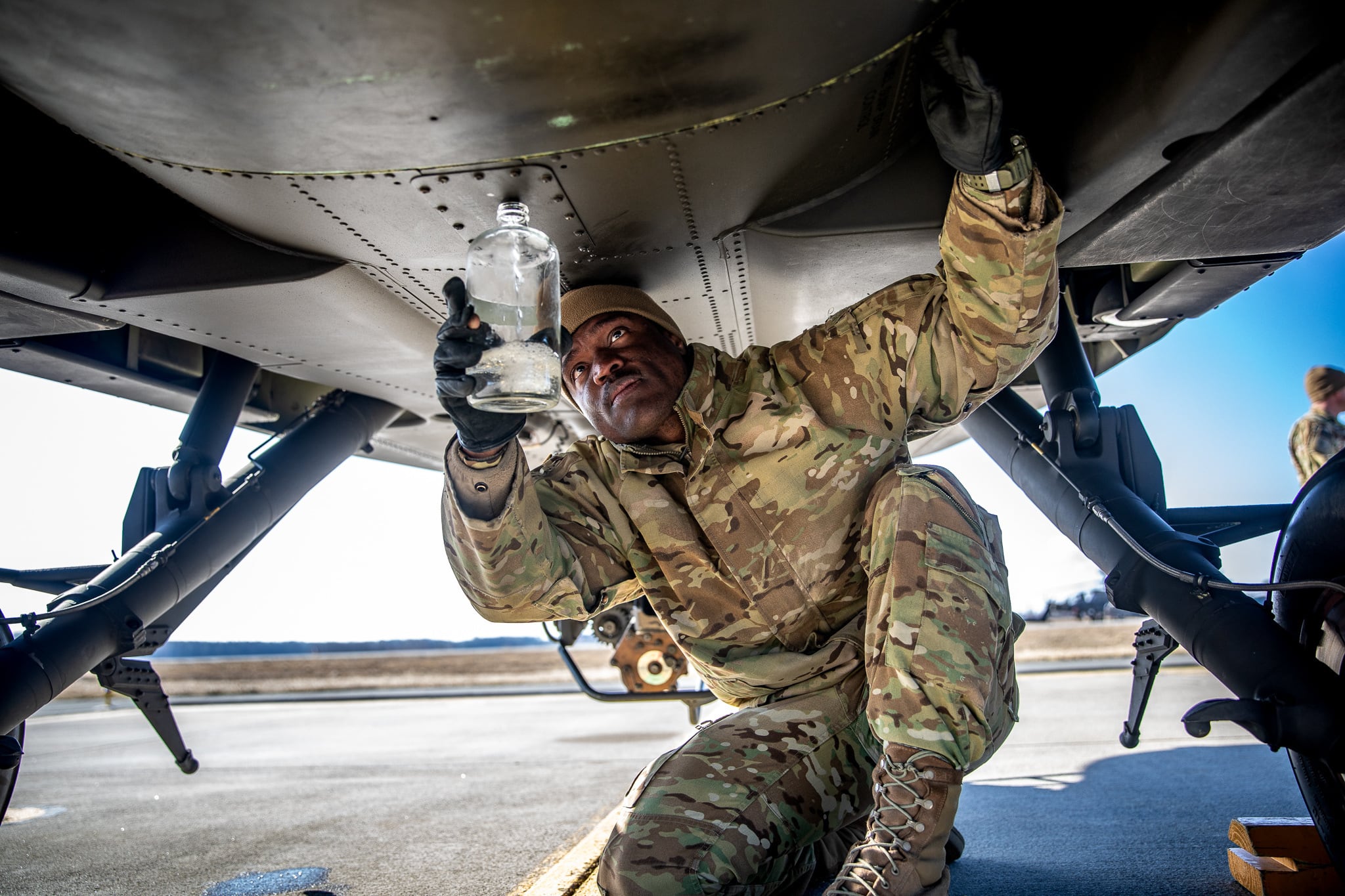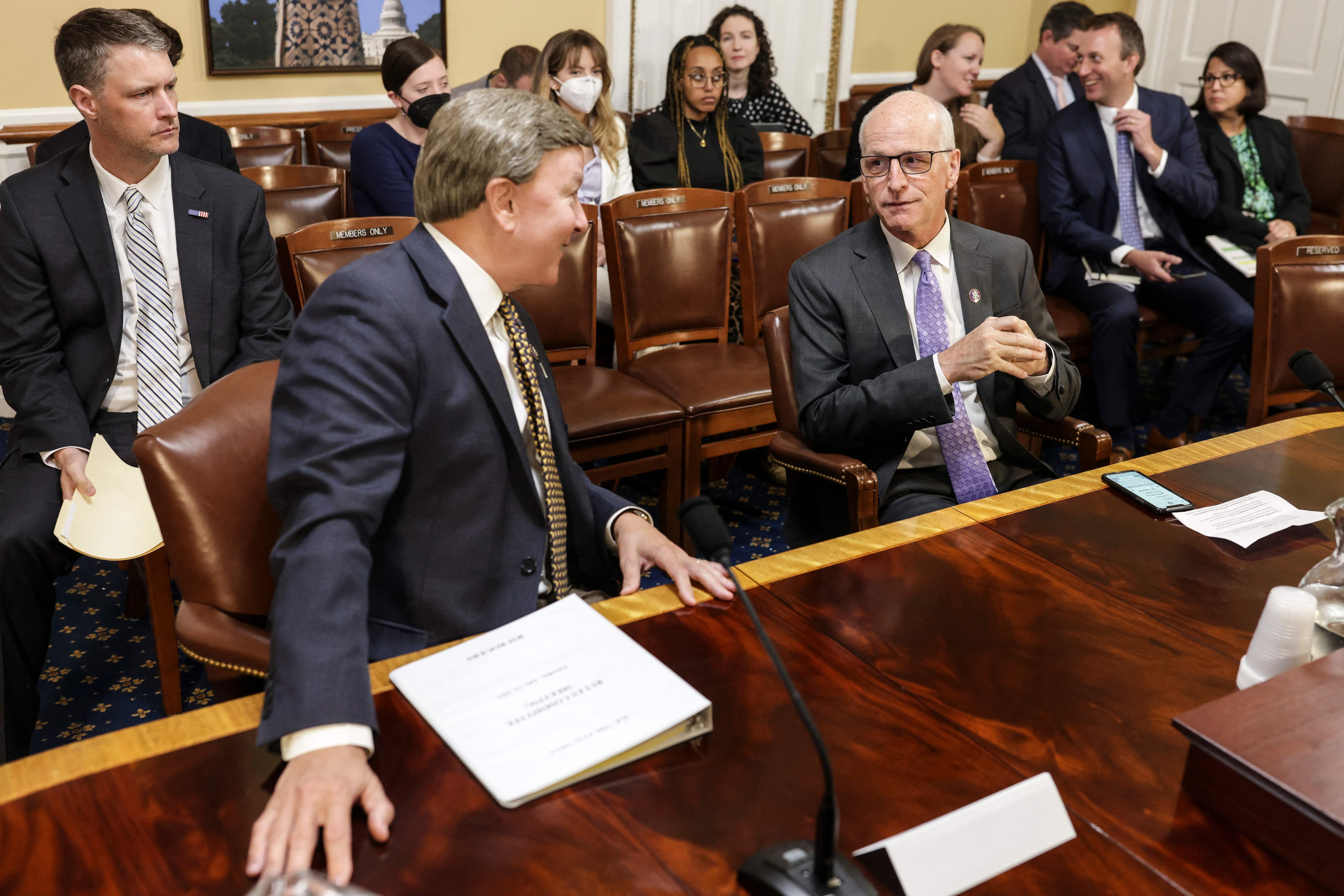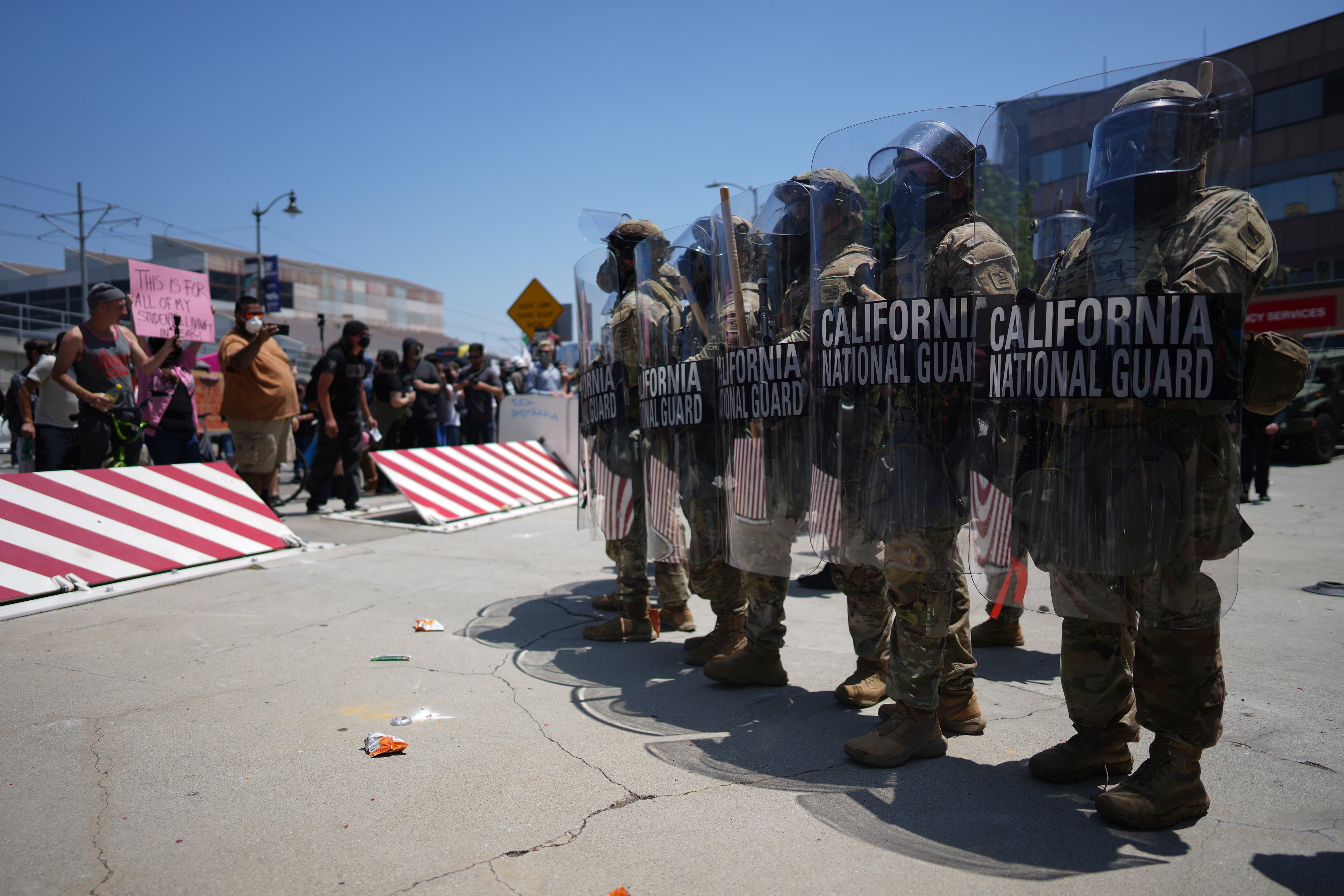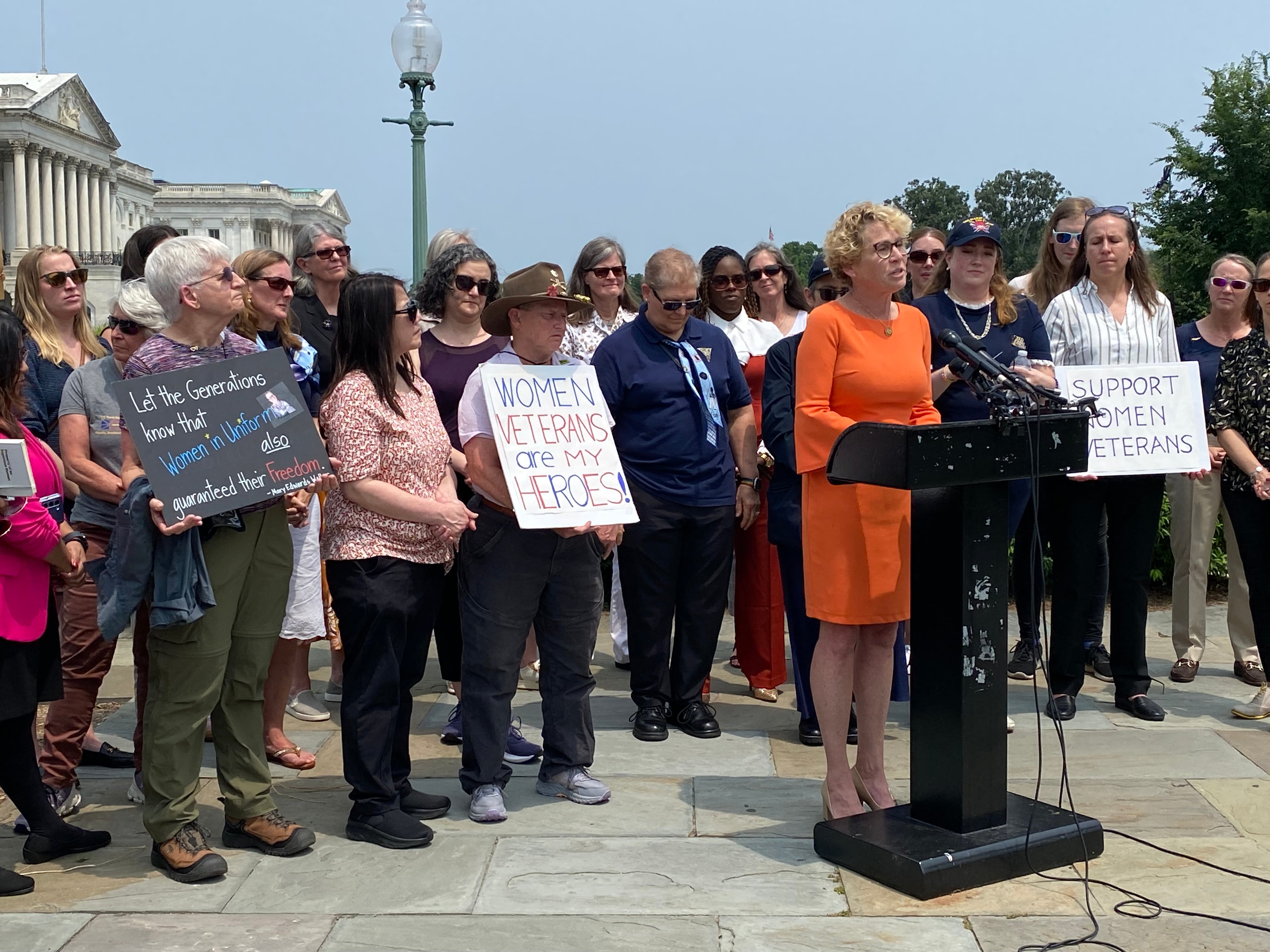WASHINGTON ― Russia’s war in Ukraine is making clear to the U.S. Department of Defense that it must get logistics and sustainment right in the Pacific theater, the Pentagon’s No. 2 civilian said Monday.
Russia’s logistics and sustainment failures during its three-month-old invasion of Ukraine are a “very hard lesson” for Moscow, and the U.S. as well, U.S. Deputy Defense Secretary Kathleen Hicks said at a DefenseOne event.
“The Russians are operating on their own border, and yet we saw [their] substantial logistics challenges. For the United States to be effective in the Pacific, we already have a significant logistics challenge [to overcome], worsened by the reliance that we have on fuel,” Hicks said. “Making sure we understand how to go after that logistics challenge is one lesson that we can extrapolate, if you will, from what we see today.”
Russia’s invasion of Ukraine almost immediately faced challenges with logistics and difficulties getting food, water and supplies to troops. It failed in its early objective of taking Kyiv and occupying a large swath of Ukraine, and has now concentrated most its forces in eastern Ukraine.
Hicks on Monday praised U.S. “logistics and information sharing” in coordinating allies to arm and equip Ukrainian forces. Defense Secretary Lloyd Austin is set this week to convene a third meeting of the U.S.-led Ukraine contact group, which has more than 40 member nations.
Beyond concerns about contested logistics, Hicks there’s a “strong business case” for the Pentagon’s efforts to adopt electric vehicles as the car industry moves in that direction. While “not an overnight issue,” DoD is motivated at a strategic level to “free that tether to fossil fuel.”
“I think there’s a lot we can do to move the system, and when we do that we’re going to help ourselves with that combat credibility, particularly in places like the Pacific where the logistics lines are very long,” Hicks said.
RELATED

U.S. President Joe Biden signaled during a visit to Japan last month he would use military force to defend Taiwan if it were ever attacked by China, only to clarify later that strategic ambiguity remains American policy. China, meanwhile, has stepped up its military provocations against democratic Taiwan in recent years, aimed at intimidating it into accepting Beijing’s demands to unify with the communist mainland.
Islands in the Pacific ― including Guam, Hawaii and Kwajalein ― have virtually no local fossil fuel resources and their energy needs, including those of U.S. military installations they host, are met by imported petroleum, Hicks has said previously.
U.S. military commanders in the Pacific have warned they lack the capacity to rearm and refuel in the event of a conflict.
U.S. Indo-Pacific Command has proposed $1.02 billion in funding through 2027 to improve logistics, maintenance and prepositioning equipment for its China-focused Pacific Deterrence Initiative. The request came in April as part of the command’s share of the fiscal 2023 budget request, which projected $27.1 billion for PDI overall through 2027.
“Current theater logistics posture and capability to sustain the force are inadequate to support operations specifically in a contested environment,” the request reads.
The Pentagon’s decision in March to shut down its massive Red Hill Bulk Fuel Storage Facility at Pearl Harbor, Hawaii, over water contamination problems, without a clear plan in place to fund and reconstitute this capacity, has only magnified existing logistics challenges, said Eric Sayers, a former senior adviser to U.S. Pacific Command who is now a fellow at the American Enterprise Institute.
“Ukraine reminds us that without a robust combat logistics fleet for the Navy, aerial refueling, and heavy lift, we just flat out won’t be able to sustain and shift combat power around the theater in the ways that will be required before and during an intense military operation,” Sayers said. “In short, the Congress should be devoting the same level of oversight to Indo-Pacific Command fuel requirements as it does to Navy fleet size or Air Force fighter procurement.”
With reporting by the Associated Press.
Joe Gould was the senior Pentagon reporter for Defense News, covering the intersection of national security policy, politics and the defense industry. He had previously served as Congress reporter.





